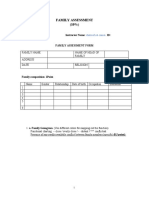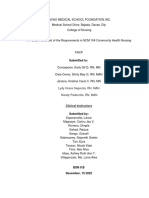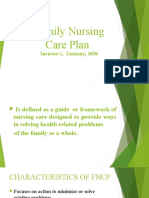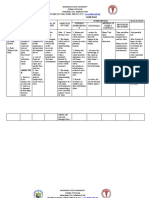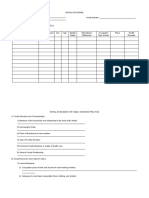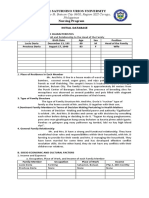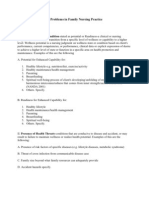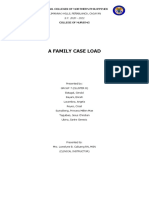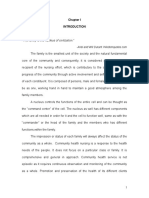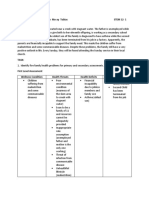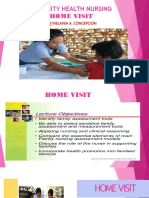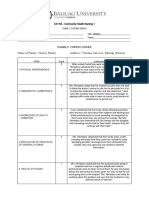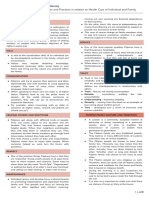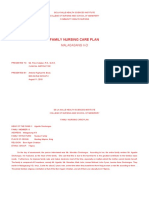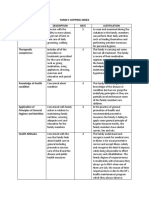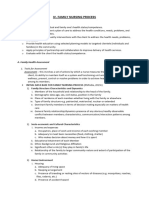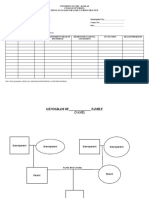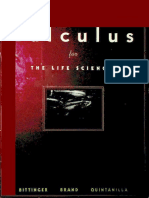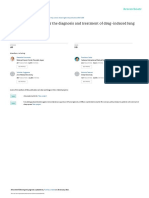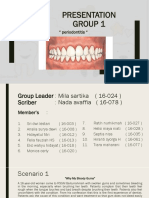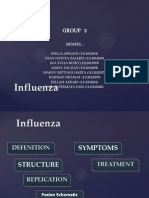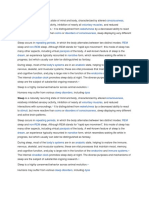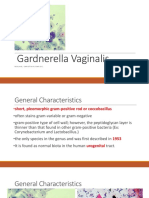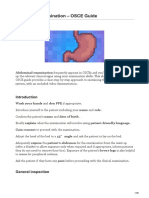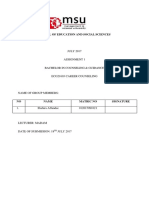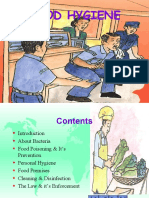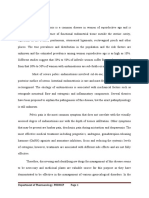0% found this document useful (0 votes)
207 views9 pagesFamily Nursing Practice Guide
This document contains a template for collecting data on family nursing practice. It includes sections to gather information on household members, family characteristics, socioeconomic/cultural factors, cultural influences, the family environment, family health/behaviors, and potential health problems or needs. The goal is to obtain a holistic understanding of the family to guide nursing care. Information ranges from demographics, relationships, health histories, living conditions, resources, beliefs, and lifestyle habits.
Uploaded by
Mavelle PatindolCopyright
© © All Rights Reserved
We take content rights seriously. If you suspect this is your content, claim it here.
Available Formats
Download as PDF, TXT or read online on Scribd
0% found this document useful (0 votes)
207 views9 pagesFamily Nursing Practice Guide
This document contains a template for collecting data on family nursing practice. It includes sections to gather information on household members, family characteristics, socioeconomic/cultural factors, cultural influences, the family environment, family health/behaviors, and potential health problems or needs. The goal is to obtain a holistic understanding of the family to guide nursing care. Information ranges from demographics, relationships, health histories, living conditions, resources, beliefs, and lifestyle habits.
Uploaded by
Mavelle PatindolCopyright
© © All Rights Reserved
We take content rights seriously. If you suspect this is your content, claim it here.
Available Formats
Download as PDF, TXT or read online on Scribd
/ 9






